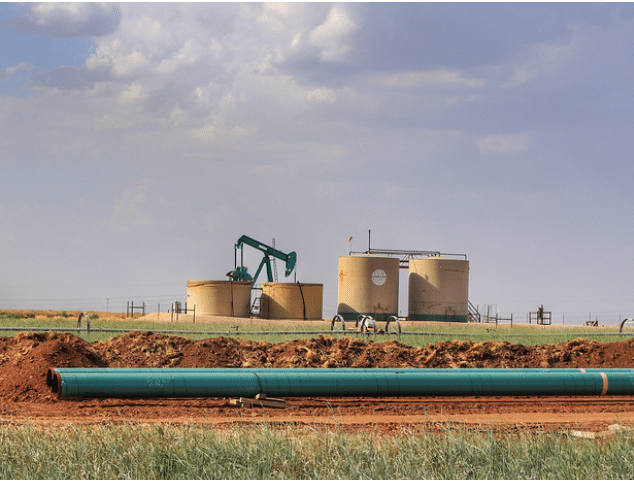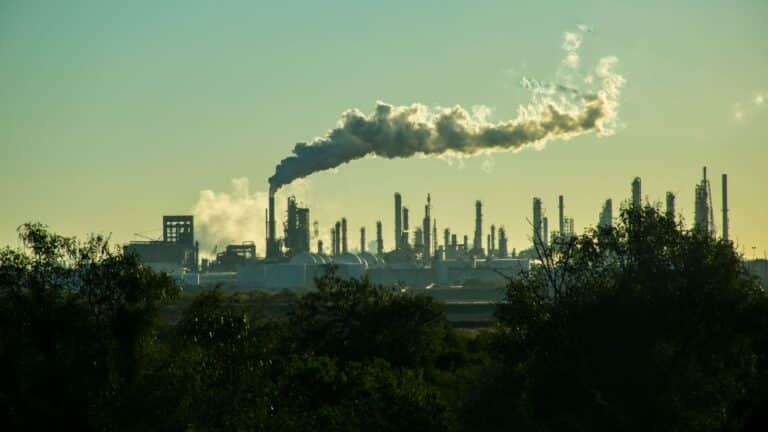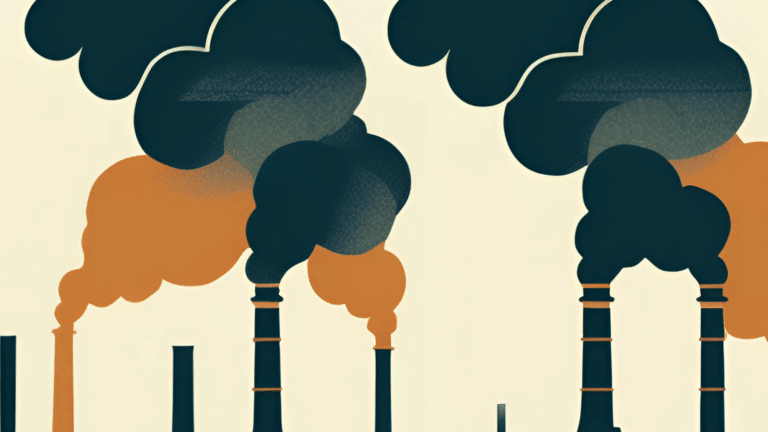Big banks predict catastrophic warming, with profit potential
Morgan Stanley, JPMorgan and an international banking group have quietly concluded that climate change will likely exceed the Paris Agreement's 2 degree
Current Access Level “I” – ID Only: CUID holders, alumni, and approved guests only
Reports by Mark Agerton, Siddhartha Narra, Brian Snyder + 1 more • April 18, 2022
This report represents the research and views of the author. It does not necessarily represent the views of the Center on Global Energy Policy. The piece may be subject to further revision. Contributions to SIPA for the benefit of CGEP are general use gifts, which gives the Center discretion in how it allocates these funds. More information is available at https://energypolicy.columbia.edu/about/partners. Rare cases of sponsored projects are clearly indicated. For a full list of financial supporters of the Center on Global Energy Policy at Columbia University SIPA, please visit our website at https://www.energypolicy.columbia.edu/partners. See below a list of members that are currently in CGEP’s Visionary Annual Circle.
(This list is updated periodically)
Air Products
Anonymous
Jay Bernstein
Breakthrough Energy LLC
Children’s Investment Fund Foundation (CIFF)
Failure to properly plug and abandon (P&A) oil and gas wells in the United States at the end of their useful life can impose environmental costs and saddle taxpayers with cleanup liabilities. In recent years, US policy makers have expressed increasing concern about P&A issues, especially when it comes to “orphan” wells—oil and natural gas wells, either onshore or in state waters, for which no viable private company with legal responsibility exists. Prior studies of orphan wells have primarily focused on onshore wells, likely because they vastly outnumber offshore wells. But offshore wells have particular features that warrant careful study on their own: they tend to produce more, involve additional environmental and engineering considerations, and cost more to P&A.
This report, part of an oil and gas research initiative at Columbia University’s Center on Global Energy Policy, examines offshore P&A liabilities to provide guidance to federal policy makers about the scope of a hypothetical government program to plug and abandon offshore wells. At least three objectives might shape the contours of such a policy: 1) reducing taxpayers’ future financial P&A liability for orphan wells, 2) reducing environmental risk, and 3) preserving or increasing employment alongside goals to reduce greenhouse gas emissions globally.
As of the end of 2020, approximately 22,000 offshore oil and gas wells in the United States were not permanently P&Aed. The authors estimate that the cost to P&A all of these wells, including wells that are currently producing, is approximately $47 billion. It should be noted that significant uncertainty remains around aggregate costs, because estimates rely on having accurate information from state and federal well databases as to the number and location of offshore wells as well as average P&A costs per well.
Additional findings from the report include the following:
This analysis provides an overview of changes in production and economic outcomes in US oil and gas regions, grouping them by recent trends and examining their impact on local economies.

Rapidly reducing greenhouse gas emissions from fossil fuels to address the severe threats of climate change requires economic transformations that pose challenges for regions heavily dependent on coal, oil, natural gas, or other carbon-intensive industries.

The world has committed to transitioning away from fossil fuels to avoid the most severe threats of climate change.[1] Communities across the United States rely on fossil fuel...

Full report
Reports by Mark Agerton, Siddhartha Narra, Brian Snyder + 1 more • April 18, 2022